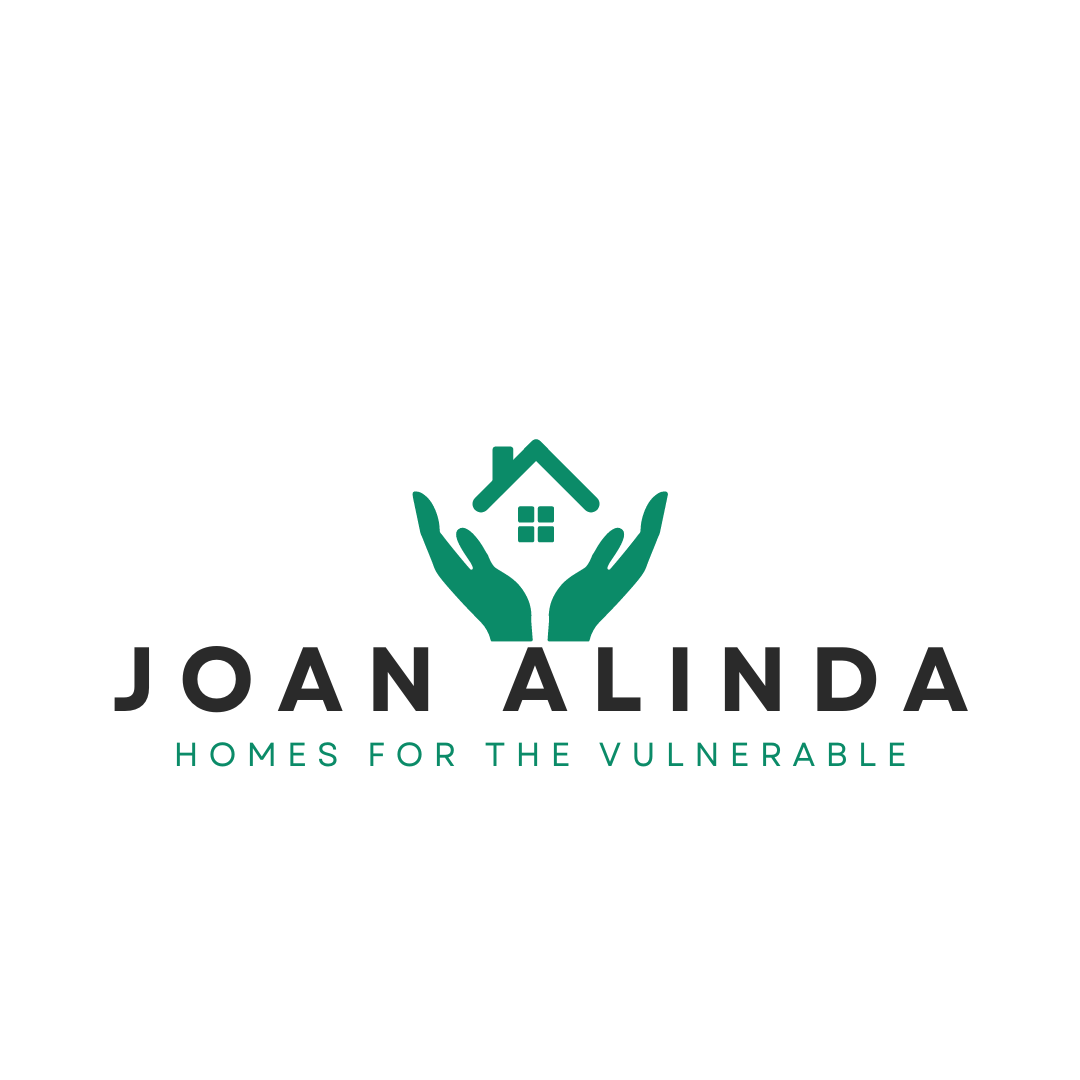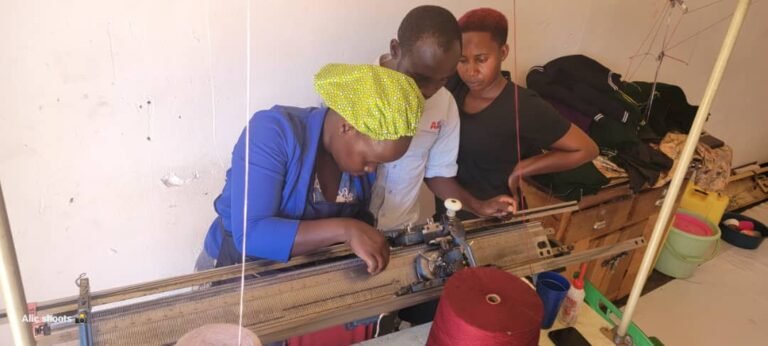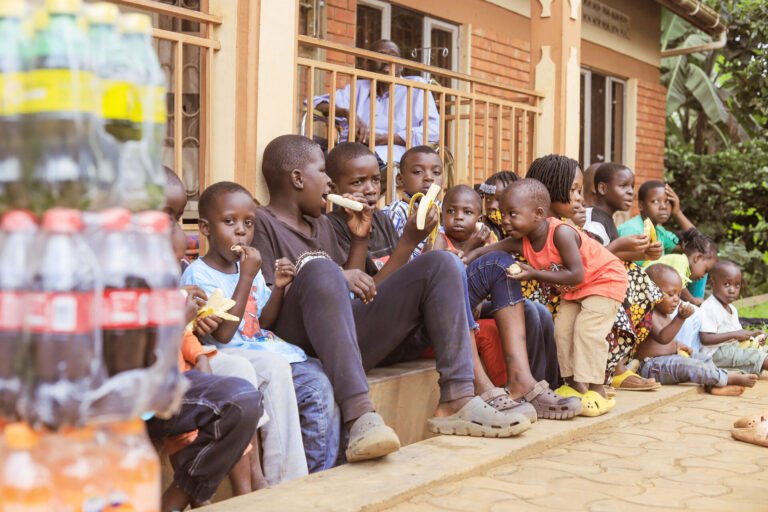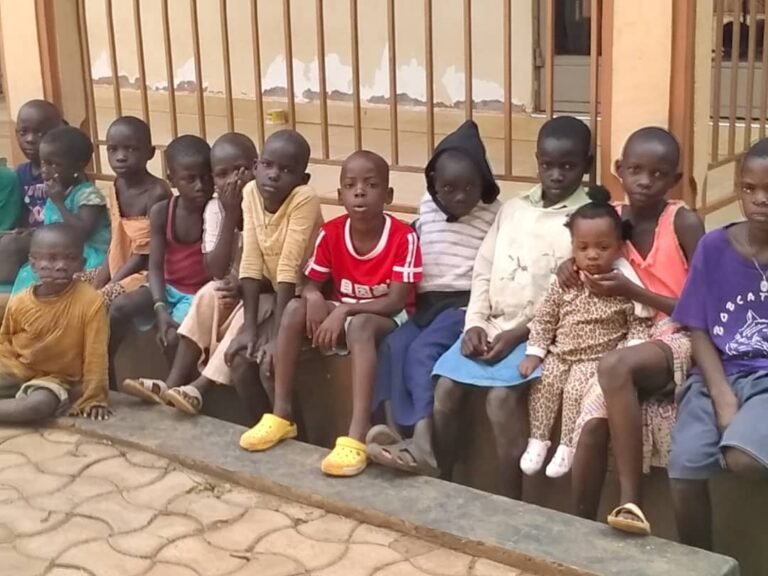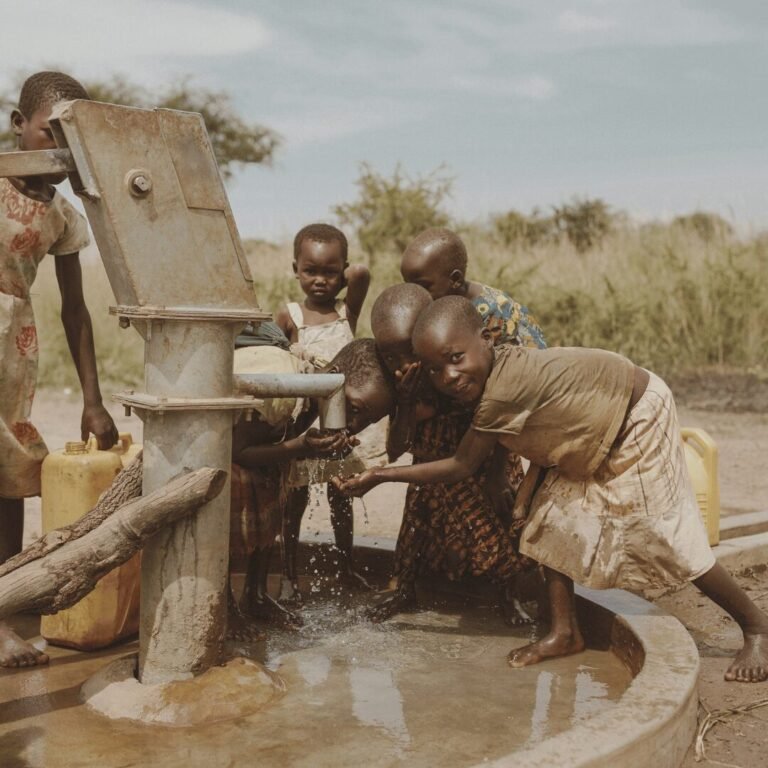How Community Engagement Transforms Lives: A Unique Perspective
As an avenue for creating lasting, life-changing connections, community engagement is seen as more than simple participation. Addressing social challenges, lifting the vulnerable, and nurturing thriving environments is achieved when people unite with a common goal. It has been observed clearly in Uganda that the lives of orphans and underprivileged children are being transformed importantly through community-based initiatives.
Through community engagement, particularly by organizations such as Joan Alinda Homes for Vulnerable (JAHV), the reshaping of lives is examined in this blog. A brighter future for vulnerable children, and their communities can be built through active involvement, collaboration, and shared responsibility as this practical perspective reveals.
The Power of Community Engagement
At its core, community engagement is about people coming together to solve problems, share resources, and support one another. In Uganda, where poverty rates remain high and social services are often stretched thin, community involvement is vital for addressing gaps in care, especially for vulnerable children.

When communities rally around a cause, they provide more than just material support. They offer emotional backing, mentorship, and a sense of belonging. For many children in Uganda, this sense of belonging can mean the difference between survival and thriving.
JAHV, for example, was founded in response to the growing number of orphans and children whose parents cannot fully support them. This community-based initiative doesn’t just provide food, shelter, and education—it offers a family-like environment where children are nurtured and empowered to dream beyond their circumstances. Through direct community involvement, JAHV creates a transformative space for these children, ensuring they feel supported and connected.
Creating Lasting Change Through Collaborative Efforts
One of the most compelling aspects of community engagement is the ability to harness the diverse talents and resources of its members. Everyone, regardless of their social or economic status, has something to contribute. Whether it’s time, skills, or financial support, each member of the community plays a role in shaping a child’s future.
This collaborative approach is central to the work done at JAHV. Volunteers, local businesses, and even children within the homes all contribute to the well-being of the community. Teachers offer extra tutoring, local artisans provide vocational training, and neighbors participate in fundraising efforts. This collective action doesn’t just impact the children in need—it strengthens the entire community by fostering a sense of shared responsibility and ownership.
For instance, consider a young girl who lost her parents and was welcomed into JAHV. Initially shy and withdrawn, she faced challenges adjusting to her new surroundings. However, with the ongoing care and encouragement from volunteers, she gradually opened up. A local seamstress became a mentor, teaching her the art of sewing, while community members offered emotional support. Today, she not only excels academically but also mentors younger children in sewing, exemplifying how the ripple effect of community engagement can change lives.
Empowering Vulnerable Children to Become Change Agents
Engaging vulnerable children in community activities isn’t just about helping them survive; it’s about empowering them to become agents of change in their own right. When children see that their voice matters and that they can contribute meaningfully to their communities, they gain a sense of purpose and self-worth.
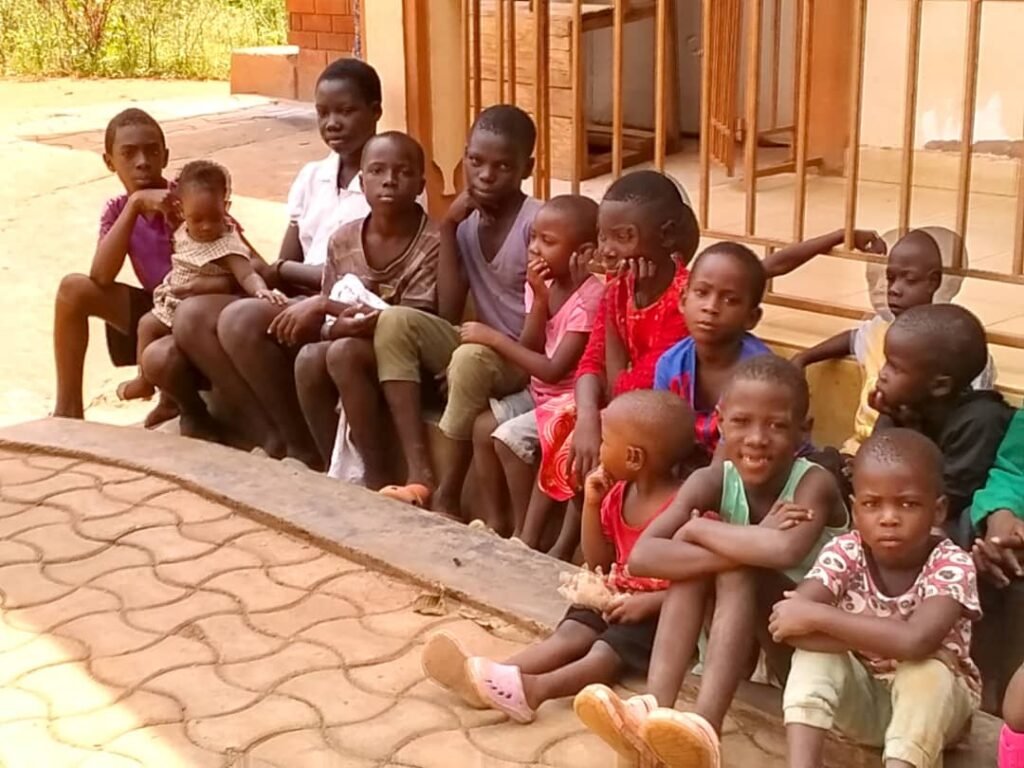
JAHV nurtures this empowerment by encouraging children to take on leadership roles within their homes and communities. Whether it’s organizing community clean-up days, helping younger children with schoolwork, or sharing their stories with the broader community, these children begin to see themselves as valuable members of society. This shift in mindset is transformative. They go from being passive recipients of aid to active contributors, which helps to break the cycle of dependency and poverty.
Strengthening Communities Through Shared Growth
When communities engage with their most vulnerable members, the benefits extend beyond the individuals receiving help. Stronger relationships are forged, trust is built, and the entire community grows. Community engagement fosters solidarity, reduces inequalities, and strengthens the social fabric that holds communities together.

In Uganda, where many families face economic challenges, organizations like JAHV provide a crucial bridge. By addressing both the immediate needs of vulnerable children and the broader community, JAHV encourages a culture of reciprocity. Those who receive help are encouraged to give back, creating a continuous cycle of support that uplifts everyone involved.
For example, many children who grow up under JAHV’s care are an inspiration to others. Their firsthand experience with hardship allows them to offer guidance and encouragement to the next generation, creating a powerful chain of transformation. This intergenerational impact is one of the unique aspects of community engagement—it doesn’t just change lives in the present; it lays the groundwork for future success.
Challenges to Community Engagement and Overcoming Them
While the benefits of community engagement are clear, challenges often arise. Limited resources, cultural barriers, and logistical constraints can hinder the full potential of these efforts. In Uganda, where poverty is widespread, finding sustainable solutions to support vulnerable children can be difficult.
However, these challenges can be overcome with creativity and persistence. By building strong partnerships with local governments, businesses, and international organizations, communities can pool resources and expertise to create more effective programs. Additionally, ongoing education and awareness campaigns can help overcome cultural barriers, ensuring that community engagement remains inclusive and accessible to all.
We can address these challenges by working closely with local leaders and international partners. By fostering collaboration and open communication, they are able to identify and address the unique needs of each community they serve.
Conclusion: The Transformative Power of Community Engagement
Community engagement is not just about providing help—it’s about transforming lives. When communities come together to support their most vulnerable members, they create an environment where everyone has the opportunity to succeed. Whether it’s through emotional support, vocational training, or leadership development, the power of community engagement lies in its ability to create lasting, meaningful change.
Organizations like JAHV are at the forefront of this movement, demonstrating that when we invest in the well-being of children and families, we invest in the future of our communities. By fostering a culture of engagement, collaboration, and shared responsibility, we can create a world where every child, no matter their background, has the chance to thrive.
As we continue to navigate the challenges of poverty, inequality, and vulnerability, let us remember the power of community. Together, we can transform lives, one engagement at a time.
To learn more about our commitment, Visit Joan Alinda Homes for the Vulnerable.

